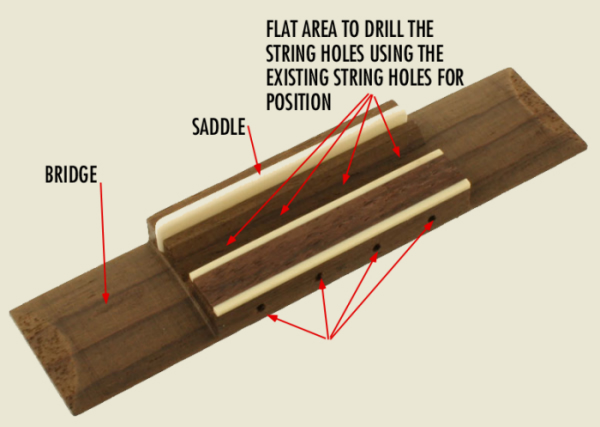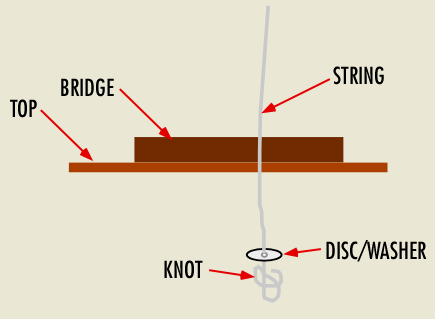Jools1050
Well-known member

 Hi Peeps, I bought a used ukulele off eBay and it's a good looking piece of wood. It's a Kala spalted maple and only cost me £145 so I wasn't expecting K brand quality, but I have to say it sounds great with bags of sustain. It's sounds a little on the bright side but that can be sorted with new strings.
Hi Peeps, I bought a used ukulele off eBay and it's a good looking piece of wood. It's a Kala spalted maple and only cost me £145 so I wasn't expecting K brand quality, but I have to say it sounds great with bags of sustain. It's sounds a little on the bright side but that can be sorted with new strings.My reason for posting is as follows.......
Upon receiving it, it was obvious that it had seen very little playing time, no scratches on the sound board or button/zip scratches on the back. The neck feels super silky and the strings feel and sound new.
It does however have a little dint in the purfling that the seller highlighted in pics. This is why the price was discounted and I'm ok with that.
Over the course of the first hour of playing it after delivery, I noticed that I had to keep tweaking the strings in order to keep it in tune. I thought that this could be the strings " bedding in " .
Now I've had the chance to closely examine the saddle, I can see that it's lifting ever so slightly. I've also noticed that there seems to be excessive glue around the saddle just on the side where the strings break. It looks like either a messy glueing process during manufacture or someone has tried to repair it at some point.
There's now way I can prove that the seller knew any of this and I will give them the benefit of the doubt, so it looks like I will have to deal with the issues myself.
One thing I'm hoping that you Peeps may be able to tell me regards the holes in the saddle where the strings run through it. There are 8 holes in it ! I've never noticed before if other Ukes have this. I always thought it was one hole per string. ( see pics enc. )
Does anyone have this kind of set up ?
Oh dear, I can't upload pics for some reason, will try again later.
Last edited:










